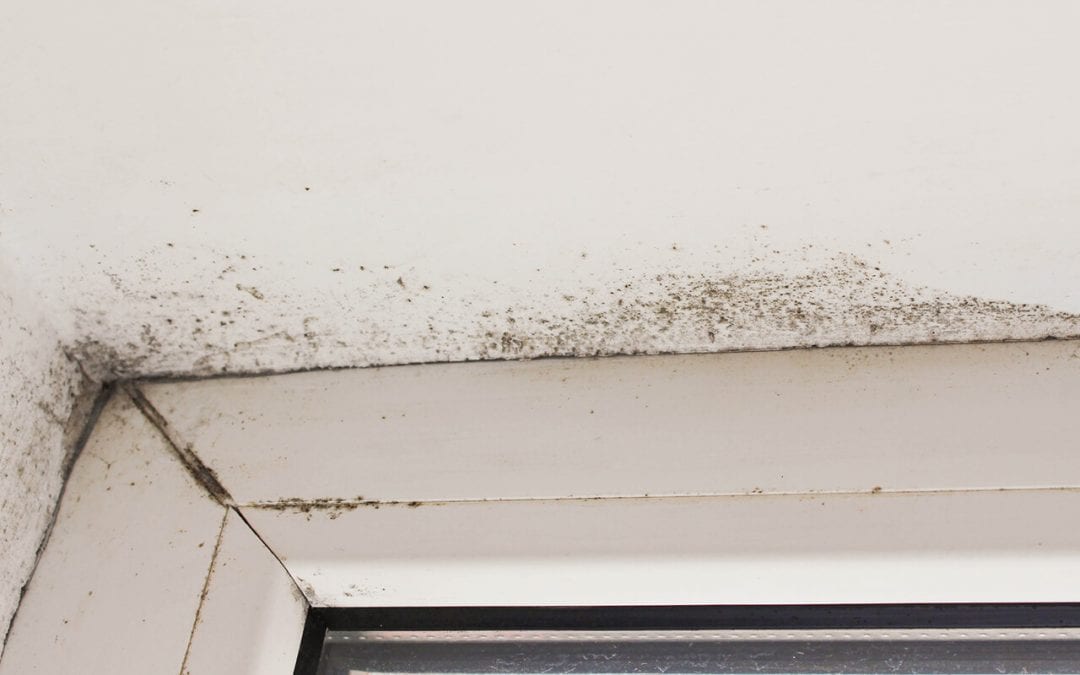Mold is a fungus that reproduces through spores. There are many varieties of mold and some more harmful than others. Mold grows in dark, damp places, which can be found inside a house. Here are the 5 ways to tell if there’s a mold infestation at home.
1. A Musty Smell
A strong, musty smell will hang in the air when there is a mold infestation. This is caused by chemicals called microbial volatile organic compounds, or MVOCs. Depending on the life cycle stage, there can be a strong odor or none at all. The smell is usually most noticeable when the infestation is advanced.
2. Visible Growth
Some species of mold are more prevalent in houses than others, each with its own distinct odor and appearance. Stachybotrys chartarum, also known as black mold, produces mycotoxins, which can make people very sick. Here is what you should know about a black mold infestation.
Aspergillus is a genus of fungi with hundreds of species, and is common in household dust. It can appear black or dark green in color, and is powdery.
Alternaria is another common fungus which can look gray or greenish-black, and is fuzzy in texture. It can be found on food or in various locations of the house like carpets, wallpaper, and air conditioning systems.
3. Health Symptoms of a Mold Infestation at Home
Mold’s mycotoxins can lead to worsening of allergies or asthma, along with various other health problems. It can cause headaches, nausea, and respiratory issues. Allergic symptoms include red eyes, runny nose, coughing, and sneezing. If symptoms get better when outside of the home, or if more than one family member shows symptoms, it’s a warning sign of a mold infestation at home.
4. A Mold Infestation at Home Causes Damage to Materials
Cellulose is a food source for mold, and is found in drywall, wallpaper, wood, carpeting, furniture, and may even be found in insulation. As mold grows on these materials, it eats away at them and causes damage.
5. Water Damage
Water damage, like water stains on the ceiling or walls, can be an indicator of fungal growth. Leaky pipes or roof leaks lead to water stains and high humidity, allowing mold to grow in the ceiling or behind drywall.
Premier Inspection Services provides mold inspections and testing to Upstate New York. Contact us if you suspect a mold infestation at home.

